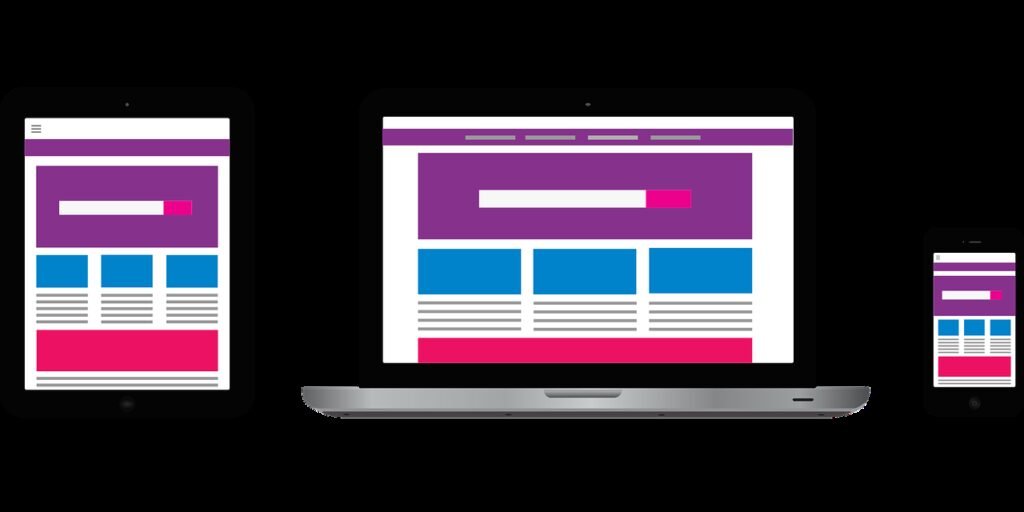The power of a website for small businesses cannot be emphasized enough. It is a must have marketing tool for small business owners. Your website is a gateway to a worldwide group of customers and prospects; it markets and sells your products and services; it attracts and converts sales leads; it establishes your credibility and expertise, and much more.
As a bonus, a website can do all this at a relatively low cost to build, maintain and update. However, just because you have a website up and running, doesn’t mean that it’s doing what it’s supposed to do in terms of marketing and sales.
First you need to be really clear on what the purpose of your website is. For most small business owners and independent professionals, your website should do the following:
- Attract qualified prospects
- Convert prospects to customers
- Convert customers to repeat, profitable clients
- Collect the names of people who are interested in your business offerings
- Act as a 24/7 sales person – taking and processing orders and providing information
- Establish you and your company’s expertise by making articles, products, resources, speaking schedules, etc. accessible
So, does your website do all of the above? If not, there are 3 key areas that you can take a look at:
1. Content of your site
2. Design of your site
3. Promotion of your site
Let’s look at each of these in more detail.
1. Content of your site
Most sites focus on the business’s products, services, credentials, history, bios and processes. This information is not the primary motivator for why people visit your site – especially for the first time.
People go to a company’s website to seek a solution to some problem or pain that they are experiencing in their personal or professional life. They quickly scan the website to see if the site is aimed at them and if it offers what they are seeking.
They’ll download free information (like a special report, ezine or article) that addresses what they want and need. They’ll sign up for an appointment or buy something, only if your website content clearly outlines the benefits of your services and products and it’s something that the web visitors want.
2. Design of your site
Make sure that your website’s design, navigation, links and graphics are all serving the prospects and customers needs. Are they able to quickly and easily find what they need, take action and get any questions answered? Are you getting people to do what you need them to do?
For instance, I want people to sign up for my free special report so that they quickly get a taste for my marketing philosophy and they can decide if they want more information by clicking on my coaching services page. But I also want to capture their name and email address so that I can start a marketing relationship with them. So, my website is designed to make it easy for people to get the special report and for me to get their contact information – the opt-in box is on the top of every page and also mentioned on a couple of the web pages.
Remember that it is the content that will keep visitors on your site and visiting again and again. However, if your website’s design makes it difficult to find and get any of this useful content, they will leave and probably won’t come back.
3. Promotion of your site
You’ve got great benefits-driven and customer-focused content on your site and the navigation makes it super simple and fast for people visiting your website to find what they need.
Now you want to promote your website as many ways as you can to make sure that you are getting the first-time and repeat visits to the site.
Some ways that you can start promoting your website immediately are:
- Write articles, with your website link included in the resource box at the end, and send to article submission sites, ezines, forums, websites, associations and publications of companies that are targeting the same group of people as you.
- Identify and use the keywords people use to search for your website (and similar sites).
- Make it easy for people to forward on your articles to friends and associates.
- Make sure your website URL is listed on all marketing materials: business card, letterhead, brochures, direct mail, ads, etc.
- Give out your website address anytime you’re talking about your business – at seminars, speaking engagements, signature on bottom of emails, networking events, on your phone message, workshops, fundraisers, business functions, and so on.
Take a look today at your website statistics and see if you’re pulling in and keeping all the visitors and prospects that you want and need. If you’re not happy with the numbers you see, then spend some time with your website and make sure that the content, design and promotion of your site is doing all it’s supposed to do. If not, do let us know and we can help !

